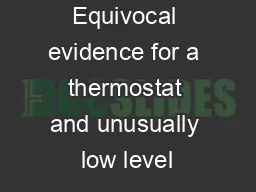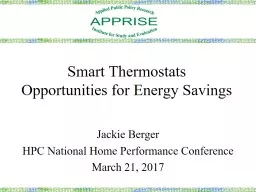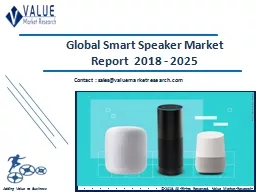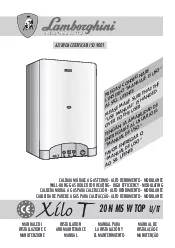PPT-A smart water heater thermostat
Author : conchita-marotz | Published Date : 2017-06-25
Bryan Leyland MSc FIEErtd FIMechE FIPENZ 1 Ripple control Before the electricity reforms ripple control managed peak demand huge savings to the consumer Then came
Presentation Embed Code
Download Presentation
Download Presentation The PPT/PDF document "A smart water heater thermostat" is the property of its rightful owner. Permission is granted to download and print the materials on this website for personal, non-commercial use only, and to display it on your personal computer provided you do not modify the materials and that you retain all copyright notices contained in the materials. By downloading content from our website, you accept the terms of this agreement.
A smart water heater thermostat: Transcript
Download Rules Of Document
"A smart water heater thermostat"The content belongs to its owner. You may download and print it for personal use, without modification, and keep all copyright notices. By downloading, you agree to these terms.
Related Documents














